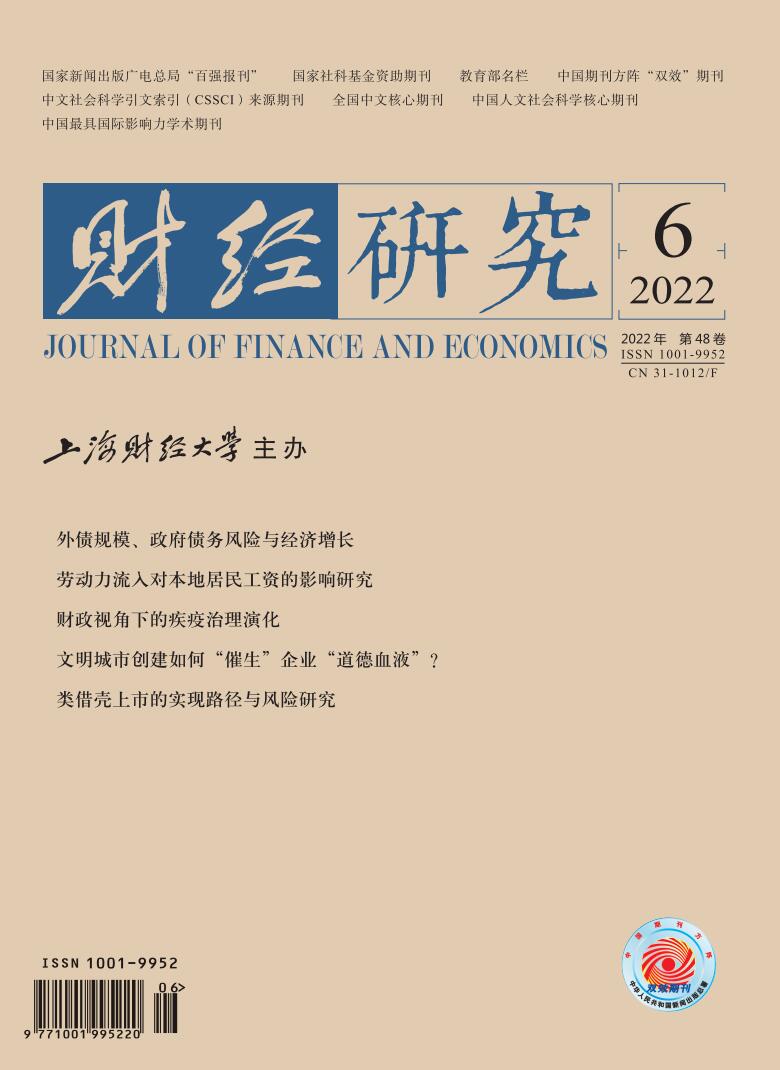Under the background of approval-based IPO System in China’s capital market, backdoor listing, as another way for companies to be listed, has the same high level of approval standards with IPOs. Therefore, some companies that do not meet listing standards choose to use capital operation to analogous backdoor listing (ABL). ABL lowers listing threshold and increases regulatory difficulty, and may cause a series of problems such as asset quality deterioration.
Based on this, this paper uses the case of MASEP analogous backdoor STARWAY as the research object to discuss the realization path and potential risks of ABL, and then provides academic experience for identifying ABL and reducing regulatory risks. We find that this case consists of four steps: First, create common shareholders for both shell transferors and shell transferees. Second, shell transferors acquire shell transferees as the wholly-owned subsidiary. Third, shell transferors divest rest assets. Fourth, the control right and ownership right of shell companies are separated and held by shell transferors and shell transferees respectively.
This paper further finds that, ABL causes the impairment of assets and the rapid decline in the performance of shell companies, while major shareholders of shell transferor and shell transferee companies make huge profits. After case analysis we find that: (1) Newly acquired assets making listing content changes and newly acquired assets not belonging to shareholders with shell ownership are two conditions for ABL to avoid the recognition of backdoor listing, and the separation of control right and ownership right of shell companies is the main reason that ABL can avoid the regulation of CSRC. (2) Shell transferors can utilize equity investment to lower the threshold of listing, which may lead to more bad assets flowing into listed companies. (3) ABL can be used by relevant shareholders to conspiratorially hollow out shell companies, and then raise the risks under the separation of two rights.
This paper provides the following suggestions: (1) Regulators should improve the judgment of special types of asset restructuring and strengthen post-approval tracking. (2) While promoting the marketization process, regulators should also ensure supervision effectiveness by promoting the quality of firm information disclosures and increasing the cost of regulation violation. (3) Investors should be alert to listed companies using equity investment to replace listed content, and strengthen the ability of ABL identification. This paper provides the definition and recognition criteria of ABL, and investigates the economic consequences and potential risks caused by ABL, which is helpful for CSRC to supervise ABL and for investors to identify risks in the capital market.





 6240
6240  9733
9733

